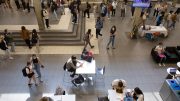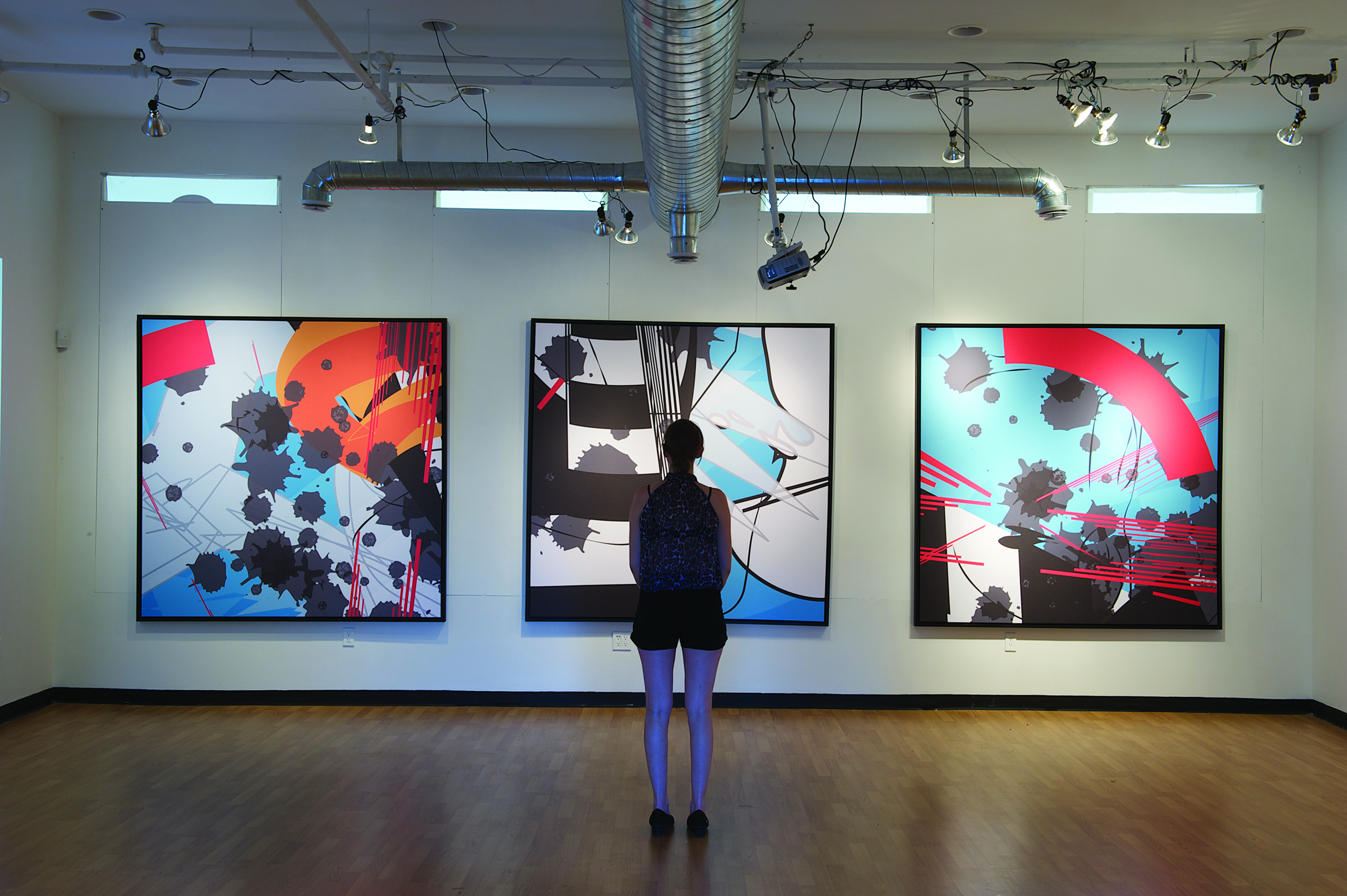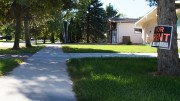Where are the Children, an archival photo exhibit portraying the history of the residential school system, opened in Robson Hall at the University of Manitoba on Feb. 27.
Deborah Young, the executive lead for indigenous achievement at U of M, opened her speech by referring to U of M president David Barnard’s statement of apology, stating that recognizing the problems of past is a “step towards reconciliation.”
Young mentioned that it is important to share this part of the Canadian history with students and staff at the U of M.
“It is the chapter of Canadian history that is not very well known,” she said.
Young said that students should know the impact of residential schools because it provides “a greater sensitivity” about the issues surrounding the residential school system.
She said that this exhibit is one step towards raising the awareness.
“The more we talk about it and the more we share stories from our survivors, the more we are stepping towards reconciliation,” she said.
Young added that she hoped this exhibit leads to greater understanding in reconciliation.
Lorna Turnbull, dean of the faculty of law, said that it is pleasing that the Robson Hall was chosen for this exhibit.
“Ultimately the faculty of law is the pursuit of justice,” she said.
Turnbull said that, being a mother, it is hard to think about what it was like for those parents and children who suffered.
“It is a shame how humans can do that to other humans and that we have not moved further faster.”
She mentioned that it is amazing how the speakers, who are the survivors, can still come and speak with a generous heart.
“Canada, all of us, cannot move forward until we understand where we have been, and collectively this is where we have been,” she said.
David Barnard, U of M president, said that it was university’s responsibility to use the opportunity of his apology (to the TRC) to continue towards reconciliation.
He said that the images on the wall cause us to feel very strong emotions such as “horror, embarrassment” and will the challenge for the university community is to use those strong emotions to act.
“We cannot erase the past but we can change the future,” Barnard said.
He added that being aware of the realities of the residential school system is an essential part of reconciliation.
“If I really want to be friends with you, I need to know that what really matters to you,” he explained.
Jeff Thomas, the curator of the exhibit, said looking through all the photographs was an emotional experience for him.
“The idea was to break the silence residential schools had created,” he said.
Phil Fontaine, former National Chief of the Assembly of First Nations, said he felt the exhibit is important because “it reminds us as difficult as this healing journey has been and will be that we will never ever be treated the way we were treated.”
“Personally it gives me great comfort,” he added.
Ken Young, Deborah Young’s father, said that despite negative experiences people have gone through in the residential schools, they have to be able to move forward and commemorate their experiences.
But he also said he is concerned about the children that did not survive.
“How do we commemorate those children?” he asked.
He said that the responsibility of this commemoration belongs to the families and the communities.
“Whatever we have witnessed [in the exhibit] must be taken away with us. We can deliver a message to our friends and family that the work to heal our communities has to be done,” he said.
The exhibit runs until March 16 in the Common Room of Robson Hall.
With files from Joanna Graham




